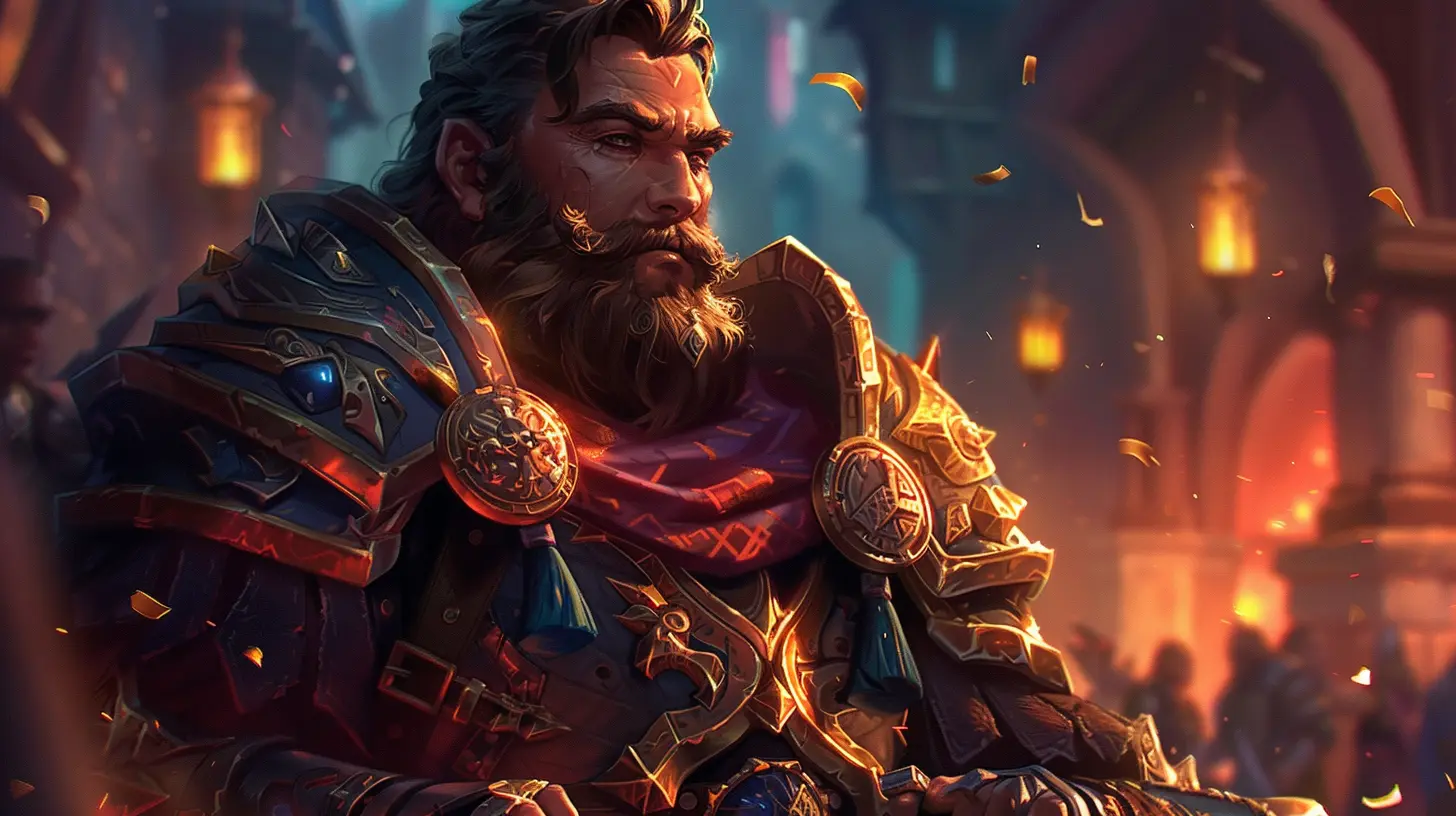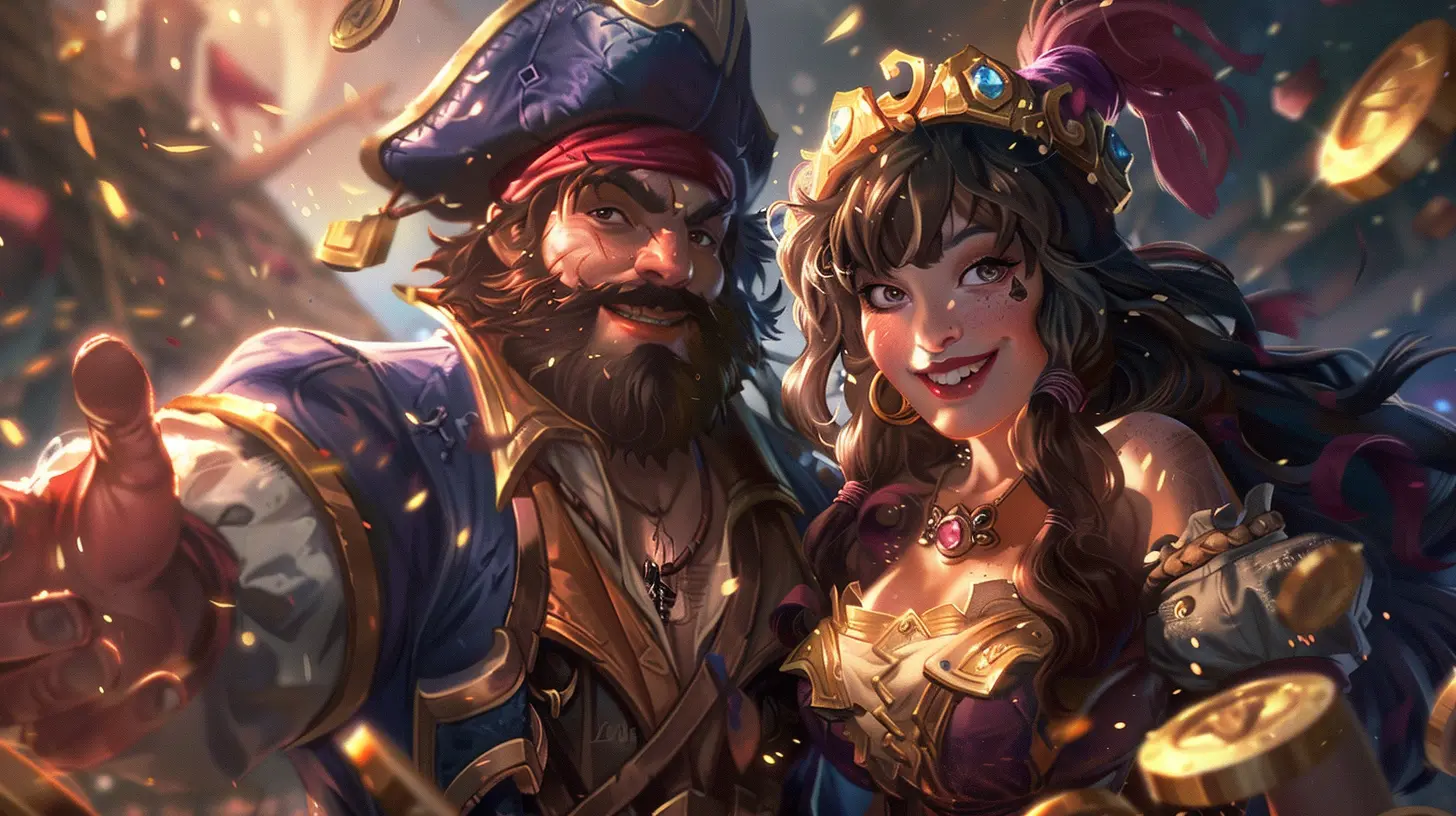How to Spot Pay-to-Win Games and What to Avoid
30 June 2025
Gaming should be fun, challenging, and fair—but sometimes, you hit a wall that screams, “Open your wallet… or else.” Sound familiar? That’s the telltale sign of a Pay-to-Win (P2W) game. And if you’ve ever felt frustrated watching someone coast through levels just because they shelled out some cash, you’re not alone.
In this guide, we’re diving deep into the mechanics of pay-to-win games, how to spot them from a mile away, and what red flags to avoid before you waste your time (and money). Ready for some eye-opening truths? Let’s roll.
What Is a Pay-to-Win Game, Anyway?
Alright, first things first. Let’s make sure we’re all on the same page.A Pay-to-Win (P2W) game is one where players who spend real-world money gain a significant advantage over those who don’t. We're not talking about cool skins or fancy cosmetics here. We mean gameplay advantages—stronger characters, better weapons, faster progress, and unbeatable stats.
Imagine you're racing in a go-kart, and someone else paid to drop in a Formula 1 car. Yeah, not exactly fair play.
Why Are Pay-to-Win Games a Problem?
Here’s the deal: games should reward skill, not your credit card limit.When money becomes the deciding factor between winning and losing, the competitive balance goes out the window. You could be the most strategic, skilled, and patient player out there—but if someone swipes a card and instantly upgrades all their gear, your chances drop dramatically.
Plus, P2W models often exploit psychological triggers. They lead players down a slippery slope of microtransactions that can quickly spiral into hundreds of dollars… or more.
Common Signs of a Pay-to-Win Game
The good news? There are some solid red flags that scream P2W. Here’s what you should look for when trying to spot one.1. Insane Power Gaps Between Free and Paying Players
If the game’s top-tier players all have ultra-rare gear, sky-high stats, and invincible units—and every one of them has spent money—you're probably in a P2W environment.Some games even make it basically impossible to compete unless you cough up cash. When you see that, run.
2. Progression Grinds to a Halt Until You Pay
Ever notice how some mobile games start off super fun... and then out of nowhere, your progress slows to a crawl? That’s not a coincidence.P2W games often give you a taste of success, only to throw up paywalls. Suddenly, upgrading your gear or leveling up characters takes days—or costs real money.
3. Timers, Timers Everywhere
Pay-to-win games love to weaponize time. Need to build a new structure? That’ll take 24 hours—unless you pay gems or coins to speed it up. This tactic pressures players to pay just to keep playing at a decent pace.4. Legendary Items Only Through Purchases
Loot boxes. Gacha pulls. “Special offer” packs. If the best gear in the game only comes from random chance mechanics that cost real cash, it’s probably a P2W trap.5. "Limited-Time" Offers That Keep Coming Back
Ever seen a “one-time offer” that magically reappears every time you log in? That’s a psychological trick aimed at creating artificial urgency. And surprise—it’s often tied to pay-to-win mechanics.6. Paywalls in PvP Modes
This one’s a biggie. Competitive multiplayer should be a test of skill. But in P2W games, it often turns into a wallet war. If you see players dominating leaderboards because of bought characters or boosts, there’s your red flag.
The Gray Area: When Is It Just "Pay for Convenience"?
Now, not every game that offers in-app purchases is automatically bad.There’s a big difference between pay-to-look-cool vs. pay-to-dominate. Some games offer optional purchases that save time or add convenience, without giving players a competitive edge. That’s not inherently bad.
Think of it like choosing between walking and taking a taxi. You’ll both get there eventually. If the person in the taxi is waving at you from the finish line, but you could still make it on foot, that’s not pay-to-win.
It becomes a problem when the taxi is the only realistic way to reach the end at all.
Examples of Common P2W Tactics (And What to Watch Out For)
Let’s break it down further with some everyday examples you might've encountered:| Tactic | What It Looks Like |
|------------------------------------|-----------------------------------------------------------------|
| Energy Systems | You have to wait hours for energy to refill, unless you pay |
| Tiered Currency | "Gold" is free, "Gems" cost money, and only gems buy the best |
| VIP Systems | Spend money to unlock exclusive features or faster rewards |
| Limited-Time Power Boosters | Buy items to temporarily make your units unbeatable |
| Stat Boost Items in PvP | Players can purchase health, damage, or defense upgrades |
| Exclusive Character Packs | Best characters locked behind pay-only bundles |
How to Protect Yourself from Pay-to-Win Traps
Alright, now that you know what to look for, what can you do to steer clear of these money pits?1. Read Player Reviews Before Downloading
Real players are brutally honest. Check app store reviews or Reddit threads around the game. Phrases like “paywall,” “unfair PvP,” or “can’t progress without spending” are dead giveaways.2. Test the Waters First
Most games start off easy-peasy. Stick it out for at least a few hours before buying anything. If you hit a wall early on, it’s a clue that monetization is the priority here—not your experience.3. Avoid Gacha Mechanics
If the game revolves around random chance loot boxes—especially ones that cost real money—steer clear. Gacha games are notorious for blending gambling with gameplay, which can quickly turn toxic.4. Look for Balanced Monetization Models
Some games get it right. They offer cosmetic items (like skins or character outfits) that don’t impact gameplay. Look for games that keep pay elements purely aesthetic or optional.5. Set Spending Limits—And Stick to 'Em
If you do decide to spend a few bucks (totally fair), set a hard limit. It’s super easy to get tempted by “just one more” pull or purchase. Lock it in ahead of time and don’t cross the line.Types of Games That Tend to Be Pay-to-Win
So, which genres or platforms are more prone to pay-to-win infecting their systems?Mobile Games
Sorry, but mobile games are ground zero for P2W mechanics. Because they’re often free-to-play, developers bank heavily on in-app purchases—and some go too far.Still, there are great exceptions on mobile (think: Genshin Impact, Monument Valley, Alto’s Odyssey) that aren’t aggressive with monetization.
Online Strategy Games
Games like base-builders and empire management titles often rely on time mechanics. That makes them prime P2W suspects. If armies take 12 days to train or buildings take 48 hours, you can bet there’s a purchase option to bypass it.Free-to-Play MMOs
Some MMOs let premium players boost stats, unlock exclusive gear, or gain XP advantages. When the in-game economy is tilted in favor of buyers, free players often can’t keep up.PvP Arena Fighters or Card Games
When you’re supposed to battle other real people, a pay gap destroys fairness. If someone spent hundreds to get overpowered heroes or legendary cards, your strategy doesn’t stand a chance.Developers Aren’t Always the Villains
Let’s play devil’s advocate for a second.Game developers need to make money. Servers aren’t free, and great games require constant updates, support, and maintenance. The key is how they choose to monetize.
Fair monetization respects the player. It offers optional purchases but keeps the core game enjoyable and winnable without spending. That’s what we should all aim to support.
Games That Get It Right
Let’s end on a good note. Here are a few examples of games that don’t fall into the P2W trap:- Fortnite – All purchases are cosmetic. No competitive edge.
- Apex Legends – Same deal. Skins and styles, not performance boosts.
- Hades – Pure skill-based gameplay. No microtransactions.
- Celeste – An indie gem with no pay mechanics, just you and your skill.
- League of Legends – You can unlock champions with in-game currency. Paying speeds it up, but it’s not required to compete.
These games prove you can balance monetization and gameplay without losing integrity.
Final Thoughts
Gaming should be about fun, skill, challenge, and community—not about who can spend the most. Pay-to-win games take the "game" out of gaming. And honestly, who wants to beat a test when the answers are sold, not earned?Stay informed, trust your gut, and support developers who design fair, engaging experiences. Because at the end of the day, real victory feels best when it's earned—not bought.
all images in this post were generated using AI tools
Category:
Mobile GamesAuthor:

Francesca West
Discussion
rate this article
2 comments
Carter Wells
Great tips! It's so frustrating when games lean on pay-to-win mechanics. Thanks for helping us spot them!
October 15, 2025 at 4:16 AM
Renee Coleman
Great article! Spotting pay-to-win games is crucial for maintaining a fair gaming experience. Key indicators include excessive microtransactions, gameplay advantages for paying players, and lack of meaningful free content. Always favor games that prioritize skill and balanced competition over financial investment. Thanks for the insightful tips!
July 5, 2025 at 3:25 PM

Francesca West
Thank you! I'm glad you found the tips helpful. Spotting pay-to-win elements is indeed essential for a fair gaming experience. Happy gaming!


